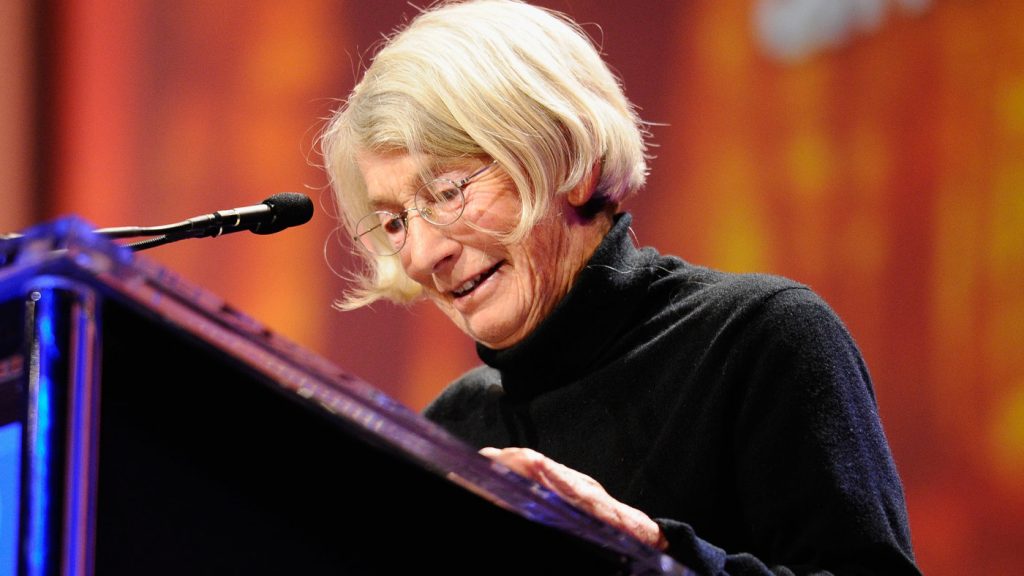Mary Oliver tribute
Last month we lost one of the great poets of our time. Mary Oliver has seeped into the culture with lines like “your one wild and precious life”. She took her leave of the physical plane at age 84. Prolific, profound, much celebrated, she was rooted almost always in nature first. What a trove of poetic gems she has left us.

The title for this post—pay attention, find the joy, tell about it — was attributed to her as a recipe for living that I picked up in a workshop side conversation just a few weeks (someone can tell me where this is in her works—it sounds so much like her (see excerpts below), that I took my conversationalist’s words at immediate face value.
Her poems are the evidence that she paid attention often, detecting or extracting the joy.
Every day I see or hear something that more or less kills me with delight,
that leaves me like a needle in a haystack of light
It is what I was born for, to look, to listen, to lose myself inside this soft world—
to instruct myself over and over in joy, and acclamation
Nor am I talking about the exceptional, the fearful, the dreadful, the very extravagant—
but of the ordinary, the common, the very drab. The daily presentations…
Or another on the daily somatic hits she lived for
Ten times a day something happens to me like this
Some strengthening throb of amazement
Some good sweet empathetic ping and swell.
This is the first, the wildest and wisest thing I know
That the soul exists and is built entirely out of attentiveness
Mary Oliver, to me, is the mystery that she writes about. How did this this person, this poet walking the woods and fields, get formed into who she became? Wikipedia writes “As a child, she spent a great deal of time outside where she enjoyed going on walks or reading. In an interview with Maria Shriver, Oliver described her family as dysfunctional, adding that though her childhood was very hard, by writing it helped her create her own world.” But how did her imagination turn to nature and language, and why did she keep find images everywhere, the ones she’d take beyond themselves and that yielded the piercing insights dropped into her verse? How did she, in the quiet of her poetry-composing hours, illuminate the world with her pen? And then we pick up her words and they feed our souls, making us believers in something vast, yet near, and mysterious. One line she wrote gives us a clue to her search past the facts as presented– how dreadful to believe in only what can be proved.
She and her craft are mysterious, like only the best of poets achieve. Her poems get at to mystery that can’t be captured in words. Yet words were her medium.
She talked about the end of her life this way once, in “When Death Comes”:
When it is all over, I want them to say I was a bride married to amazement,
I was the bridegroom holding the world in my arms.
In a STEM era–now being promoted by some as STEAM, with the A standing for arts (hooray)–with tight school budgets maybe we can’t give time to poets, or music. There is too much code to write on the road to The All Digital. With the right visual enhancement goggles, we can virtualize nature so we not need really touch the dirty ground.
But for all Mary Oliver readers and fans, the goggles may not add much. We will be taking walks, looking attentively, telling about the joy we find in the ordinary and the drab.
Thanks Mary Oliver, for your wild and precious life, for being married to amazement.
